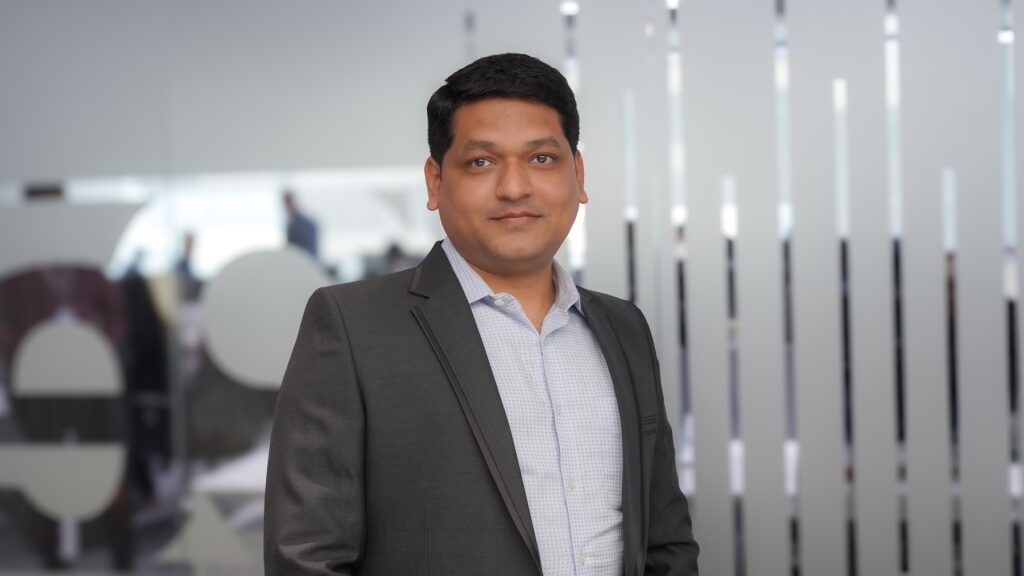
Engineering Journey & Professional Expertise
Tell us a bit about your journey—what inspired you to pursue a career in engineering, and how has your path evolved over the years?
My interest in structural engineering began with a fascination for how the built environment shapes the way we live, move, and connect. Over time, my focus has evolved from pure design and analysis to more holistic roles involving sustainability, interdisciplinary collaboration, client engagement, and the integration of emerging technologies. This progression has allowed me to grow not only technically but also strategically, deepening my understanding of how structural engineering influences broader urban and environmental outcomes.
A standout milestone in my career was working on a mixed-use high-rise development that required balancing innovative design with rigorous safety and sustainability standards. The complexity of coordinating across multiple disciplines under tight timelines reinforced the value of adaptability and collaboration. Another defining experience was contributing to a green building initiative, where I explored how structural materials can reduce embodied carbon—further solidifying my commitment to sustainable engineering.
Since beginning my Middle East journey in 2013, I’ve been drawn to the region’s rapid development, visionary planning, and bold engineering ambitions. The scale and complexity of projects—from megacities and iconic towers to climate-resilient infrastructure—create a highly dynamic environment for structural engineers. What excites me most is the chance to contribute to projects that are not only technically challenging but also transformative in their approach to sustainability and urban design. The Middle East is a place where engineering actively shapes the future.
What motivated you to join 9E Global, and how do you see your role contributing to the company’s growth in the region?
I was drawn to 9E Global for its strong industry reputation, visionary leadership, and clear commitment to smart, environmentally conscious engineering—values that closely align with my own. I see this role as an opportunity to contribute local insight, technical expertise, and collaborative thinking to support the company’s continued growth in the region.
9E Global’s mission and project portfolio resonate with both my background in structural engineering and my long-term career goals. I’ve always sought to work on projects that combine technical rigour with environmental responsibility, and the firm’s focus on sustainable, intelligent solutions offers an ideal platform to apply my skills and grow professionally.
I’m particularly excited by the opportunity to contribute to large-scale developments and high-rise buildings that integrate smart technologies and sustainable design. Collaborating with diverse teams to tackle complex challenges and shape the future of infrastructure in the region is a prospect I genuinely look forward to.
From your perspective, what are some of the most pressing challenges facing engineers in the Middle East today? Also, with the region’s push towards sustainability and smart infrastructure, how do you see engineering contributing to these critical goals?
In my view, some of the most pressing challenges facing engineers in the Middle East today include water scarcity, rapid urbanisation, climate change, and the ongoing need to diversify from oil-dependent economies. Infrastructure must not only keep pace with growing populations but also be resilient to environmental pressures such as extreme heat and limited natural resources.
At the same time, the region’s drive towards sustainability and smart infrastructure presents a powerful opportunity for engineers to lead transformative change. By embracing innovative design, integrating renewable energy systems, and adopting smart technologies across transport, buildings, and utilities, we can create more efficient, sustainable, and liveable urban environments. Initiatives such as NEOM in Saudi Arabia and Masdar City in the UAE highlight how engineering can directly support national ambitions for a greener, more technologically advanced future.
Ultimately, engineers in the region are not just builders of physical infrastructure—they are key contributors to shaping long-term environmental resilience and economic sustainability.
A Personal Perspective on Engineering
Engineering is often about problem-solving and innovation—can you share a project where you tackled a particularly complex challenge?
Structural engineering is about transforming creative visions into safe, functional realities—often under tight constraints. One particularly complex project I worked on involved the design of a high-rise with towers connected by Vierendeel link bridges. We took over the project at the IFC stage from a previous consultant, with the client requiring that structural dimensions and load parameters remain unchanged. Our role was to modify the design, coordinate with other disciplines, and optimise the bridge system without compromising on performance.
The Vierendeel bridge was designed as a composite structure—steel sections encased in concrete—meeting strict code requirements. In addition to technical challenges, we worked closely with multiple contractors on site to ensure the solution was not only structurally sound but also cost-effective and buildable. It was a clear demonstration of how structural engineering demands both deep technical expertise and strong collaborative problem-solving.
What advice would you give to young engineers looking to build a career in the Middle East?
For young engineers aspiring to build a career in the Middle East, I offer four key pieces of advice:
- Master the Fundamentals – A solid grasp of structural behaviour, design codes (including local ones), and construction practices is non-negotiable.
- Embrace Technology – Proficiency in tools like BIM, structural analysis software, and sustainable materials is increasingly vital.
- Understand Local Requirements – Each country in the region has unique codes, climate considerations, and cultural expectations. Designing with these in mind shows both skill and professionalism.
- Build Relationships – Engineering is collaborative by nature. Networking with peers, mentors, and industry professionals opens doors and broadens your perspective.

